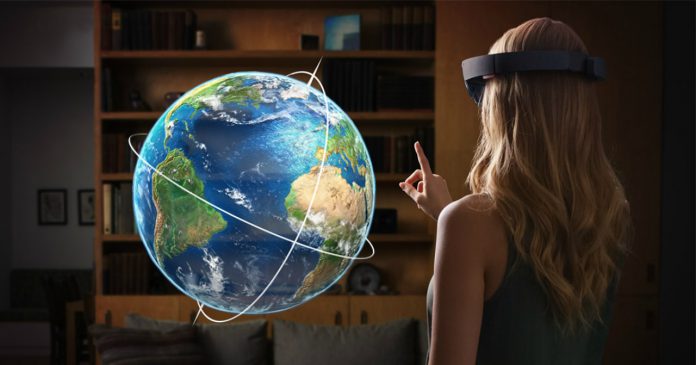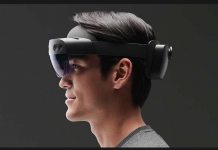This is probably the first time we have seen all of Microsoft’s products working together. With DataMesh, the Surface Studio is used as the base to create the decal. The Surface Pen and Dial are the tools used for the artistic creations and editing. Finally, the HoloLens is used to see the finalized model with the decal upon it. We imagine practicality may be an issue, especially for creating quick decals. This is still very much for professionals and organizations, even if creating decals just for kicks could be fun. Either way, we would love to see this moved almost fully to HoloLens one day. It would be good to see the ability to make decals directly within the headset, without needing the Surface Studio. The all-in-one PC could be used for nuanced creations.
The Surface Hub and Surface Pen certainly lend themselves well to HoloLens creations and tasks. We guess that Microsoft and developers will use the peripherals more extensively for HoloLens solutions in the future.
HoloLens Spectator View
DataMesh is one of the HoloLens solutions that we think would benefit from Microsoft’s Spectator View. Earlier in the week, the company released the Spectator View documentation onto GitHub, open sourcing it for developers. The service allows people without a HoloLens headset to see what is happening in an app for someone using the headset. The third-person view is still in development and expensive in current form. Still it could have a big impact on HoloLens. Using DataMesh as an example. Once a decal is placed on a model, users without a headset could see the results in real time. Without Spectator View, the HoloLens wearer could only show the creation later in a recording or on a screen. With Spectator View users without a headset get a mixed reality experience, albeit on a screen.




